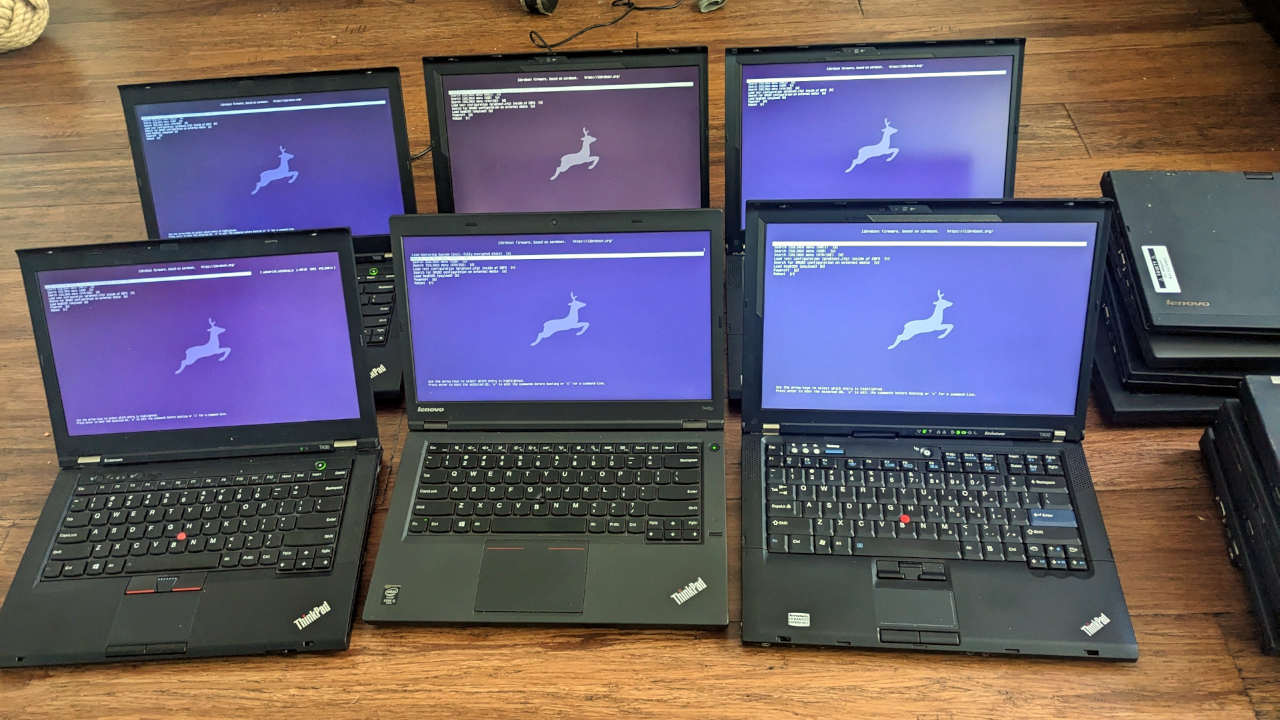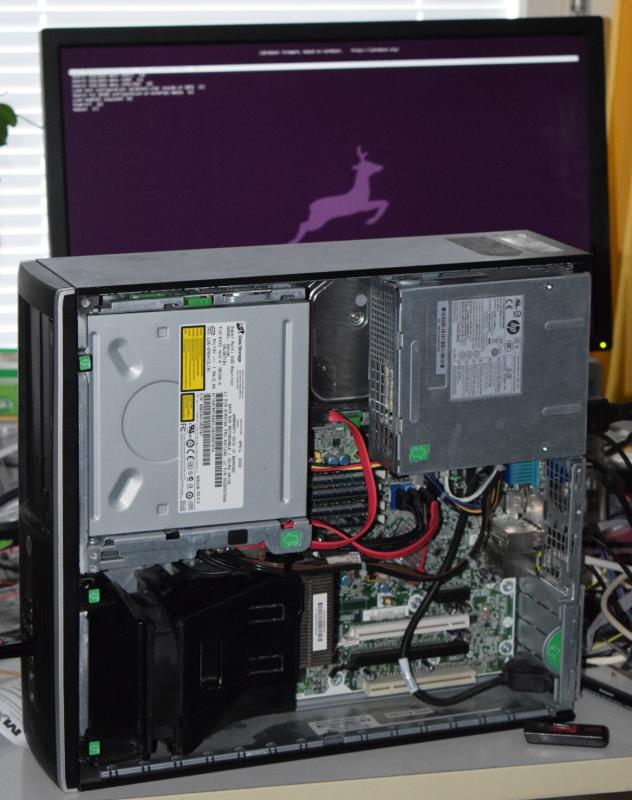6.2 KiB
Libreboot gives you freedoms that you otherwise can't get with most other boot firmware, plus faster boot speeds and better security. It's extremely powerful and configurable for many use cases.
We believe the freedom to study, share, modify and use software, without any restriction, is one of the fundamental human rights that everyone must have. In this context, software freedom matters. Your freedom matters. Education matters. Right to repair matters. Many people use proprietary (non-libre) boot firmware, even if they use a libre OS. Proprietary firmware often contains backdoors, and can be buggy. The Libreboot project was founded in December 2013, with the express purpose of making coreboot firmware accessible for non-technical users.
The Libreboot project uses coreboot for hardware initialisation. Coreboot is notoriously difficult to install for most non-technical users; it handles only basic initialization and jumps to a separate payload program (e.g. GRUB, Tianocore), which must also be configured. Libreboot solves this problem; it is a coreboot distribution with an automated build system that builds complete ROM images, for more robust installation. Documentation is provided.
Libreboot is not a fork of coreboot


In fact, Libreboot tries to stay as close to stock coreboot as possible, for each board, but with many different types of configuration provided automatically by the Libreboot build system.
In the same way that Alpine Linux is a Linux distribution, Libreboot is
a coreboot distribution. If you want to build a ROM image from scratch, you
otherwise have to perform expert-level configuration of coreboot, GRUB and
whatever other software you need, to prepare the ROM image. With Libreboot,
you can literally download from Git or a source archive, and run make, and it
will build entire ROM images. An automated build system, named lbmk
(Libreboot MaKe), builds these ROM images automatically, without any user input
or intervention required. Configuration has already been performed in advance.
If you were to build regular coreboot, without using Libreboot's automated build system, it would require a lot more intervention and decent technical knowledge to produce a working configuration.
Regular binary releases of Libreboot provide these ROM images pre-compiled, and you can simply install them, with no special knowledge or skill except the ability to follow simplified instructions, written for non-technical users.
How to help


The single biggest way you can help is to add new mainboards in Libreboot, by submitting a config. Anything coreboot supports can be integrated in Libreboot, with ROM images provided in releases. See:
- Apply to become a board maintainer/tester
- Porting guide for new mainboards
- Libreboot build system documentation
After that, there is build system maintenance (see above), and documentation which we take seriously. Documentation is critical, in any project.
User support is also critical. Stick around on IRC, and if you're competent
to help someone with their issue (or wily enough to learn with them), that is
a great service to the project. A lot of people also ask for user support
on the r/libreboot subreddit.
You can check bugs listed on the bug tracker.
If you spot a bug and have a fix, here are instructions for how to send patches, and you can also report it. Also, this entire website is written in Markdown and hosted in a separate repository where you can send patches.
Any and all development discussion and user support are all done on the IRC channel. More information is on the contact page.
Translations needed, for libreboot.org
Libreboot currently has translated Web pages in Ukrainian and French (but not for all pages, yet, on either language).
If you want to help with translations, you can translate pages, update existing translations and submit your translated versions. For instructions, please read:
How to submit translations for libreboot.org
Even if someone is already working on translations in a given language, we can always use multiple people. The more the merrier!